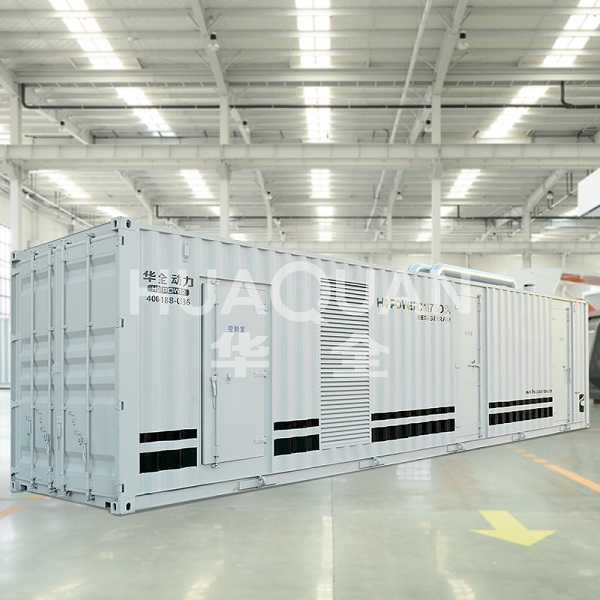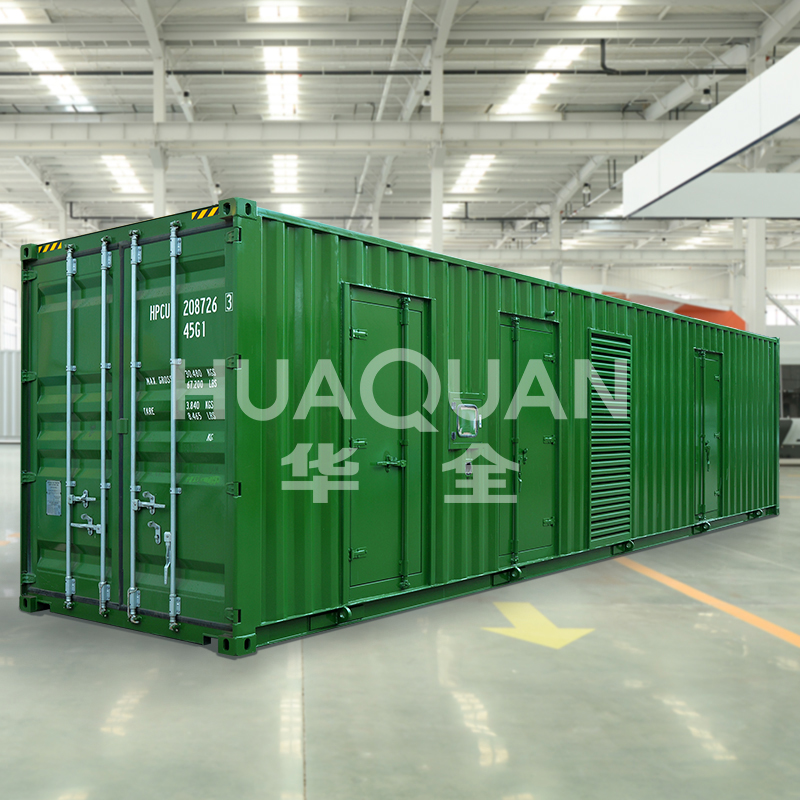A container power station is a compact and efficient energy solution widely used in remote areas, construction sites, and emergency power supply scenarios. Proper ventilation and cooling are critical to ensure its safe and reliable operation. Below are key considerations for maintaining optimal thermal management in a container power station.
1. Adequate Airflow Design
The enclosed nature of a container power station requires careful airflow planning. Ensure sufficient intake and exhaust vents are installed to facilitate continuous air circulation. Strategically placed ventilation fans can help maintain consistent airflow and prevent heat buildup.
2. Regular Inspection of Cooling Systems
Most container power stations rely on integrated cooling systems, including radiators and fans. Regularly inspect these components for dust accumulation, blockages, or mechanical wear. Clean or replace filters as needed to maintain cooling efficiency.
3. Proper Spacing and Placement
Position the container power station in an open area with enough clearance on all sides. Avoid placing it near walls, other equipment, or heat sources that could restrict airflow. Elevated placement can also improve natural ventilation.
4. Temperature Monitoring
Install temperature sensors inside the container power station to monitor heat levels in real time. Early detection of overheating allows for timely intervention, preventing equipment failure and prolonging service life.
5. Heat-Resistant Materials and Insulation
Use heat-resistant materials for internal components and proper insulation to minimize heat transfer to sensitive electronics. This helps maintain stable operating temperatures even in high-load conditions.
6. Emergency Cooling Measures
In extreme conditions, auxiliary cooling solutions such as portable fans or additional exhaust systems may be necessary. Ensure backup cooling options are available to prevent overheating during prolonged operation.
Effective ventilation and cooling are essential for the safe and efficient performance of a container power station. By ensuring proper airflow, regular maintenance, and proactive temperature management, operators can maximize reliability and prevent thermal-related failures. A well-ventilated container power station remains a dependable power source for diverse applications.
More information about Huaquan Power:https://sinogens.com/








